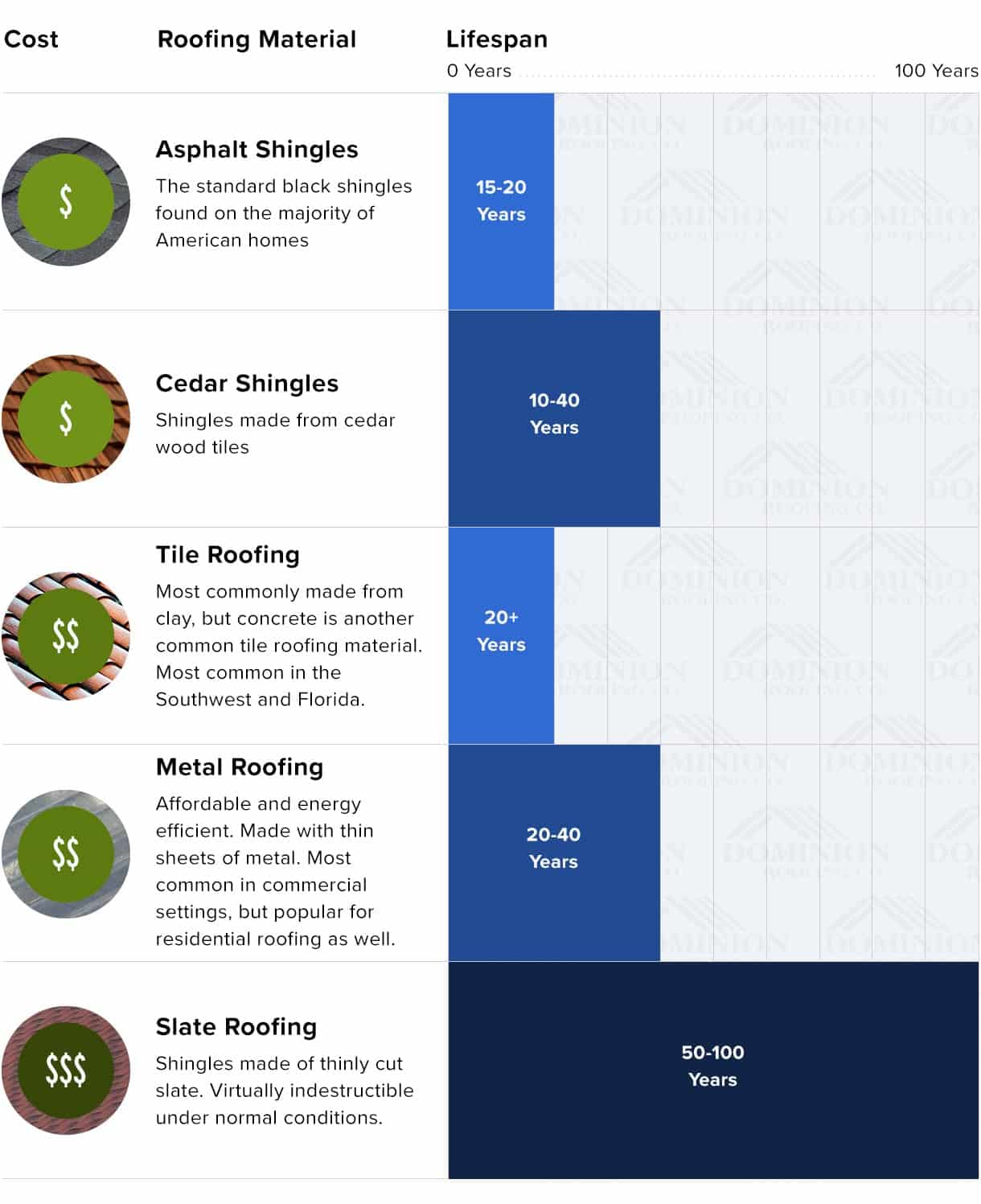Identifying Roofing System Damages Early To Stay Clear Of Substantial Problems
Identifying Roofing System Damages Early To Stay Clear Of Substantial Problems
Blog Article
Composed By-Durham Oneill
To safeguard your home from possible pricey fixings, identifying roofing damages early is crucial. By watching out for refined signs like missing roof shingles or water stains, you can capture concerns before they aggravate. But what about those typically neglected locations that could hint at covert troubles prowling over you? Keep tuned to discover key tips for finding roofing system damages prior to it escalates right into a major migraine.
Early Indication
Identifying roof covering damages early can conserve you money and time. One crucial very early indication to watch out for is missing out on or harmed shingles. If siding installers near me observe any type of tiles that are fractured, crinkling, or completely missing, it's necessary to resolve the concern promptly. These harmed roof shingles can leave your roofing susceptible to leaks and more damages.
Another sign to search for is water spots on your ceiling or wall surfaces. These stains can suggest a leakage in your roofing system that requires immediate interest. Overlooking these water stains can cause more extensive and costly repair services down the line.
Furthermore, be on the lookout for any kind of indications of drooping or sagging areas on your roof, as this might indicate architectural damages that requires to be fixed quickly.
Outside Examination Tips
Frequently evaluating the outside of your roof covering is vital for preserving its honesty and identifying possible damage early. Beginning by analyzing the roof shingles-- search for any kind of missing, split, or curling roof shingles, as these can be indicators of roof damage.
Check the seamless gutters for granules from the roof shingles, as too much granule loss may represent aging or weathering. Focus on the flashing around vents, smokeshafts, and skylights, guaranteeing they're snugly secured and devoid of fractures.
Try to find indicators of moss, algae, or mold development, as these can lead to roofing system deterioration otherwise dealt with promptly. Additionally, check the fascia and soffits for any type of water spots or rot, which can signify water damages.
Finally, examine the general problem of your roofing from the ground, seeking any kind of sagging areas or obvious dips. By conducting these outside inspections regularly, you can catch roof covering damage early and avoid it from developing into a significant trouble.
Inside Red Flags
When examining your roof covering for possible damage, don't overlook the importance of examining the interior of your home. Interior red flags can usually be early indications of roof covering issues that need attention.
Start by examining your ceilings for any type of water spots or discoloration, as these could indicate a leakage in the roof covering. An additional crucial location to check is the attic room, where indications of water damages, mold and mildew, or mold may indicate a roof covering trouble.
Pay very close attention to any kind of stuffy odors or a visible boost in moisture levels, as these can additionally be indicators of water invasion from a damaged roofing. Additionally, sagging areas in the ceiling or walls need to be taken seriously, as they could be a result of water damages deteriorating the framework.
If you discover any one of these indoor warnings, it's essential to have a professional contractor analyze the situation without delay to prevent more damages and pricey repair work.
Final thought
By remaining attentive and frequently checking for very early indication of roof covering damage, you can protect against small issues from turning into major problems. Watch out for missing or damaged roof shingles, water spots on ceilings or walls, and any sagging or drooping locations on the roof. By resolving view it without delay, you can conserve yourself from expensive repair services and ensure your roof covering remains in good condition for several years ahead. Stay aggressive and shield your home from possible damage.
